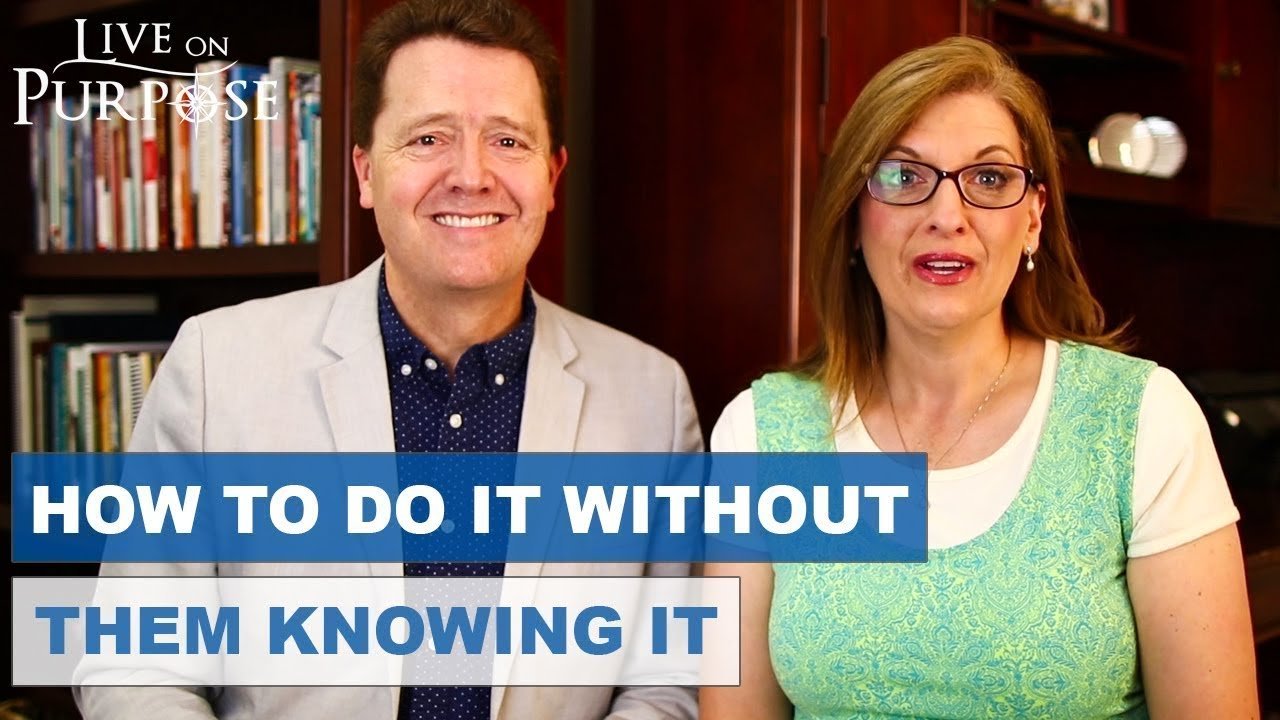“The Power of Positive Reinforcement in Parenting” is an article that delves into the importance of using positive discipline methods when parenting. The article outlines 7 ways to effectively discipline your child, including positive reinforcement, negative reinforcement, negative punishment, positive punishment, response cost, being an example of calm behavior, and working consequences in a positive way. It emphasizes the significance of finding positive alternatives to negative disciplinary tactics like spanking or yelling, and offers additional tools and resources for support.
In this friendly and informative article, “The Power of Positive Reinforcement in Parenting,” you will discover 7 effective ways to discipline your child. The article highlights the importance of using positive methods, such as positive reinforcement and being an example of calm behavior, while also explaining the concepts of negative reinforcement, negative punishment, and positive punishment. With a focus on maintaining control without resorting to negative methods, this article provides helpful insights and additional resources to support positive parenting.
The 7 Ways to Discipline Your Child
Disciplining your child is an important part of parenting, but it doesn’t have to be synonymous with punishment and negativity. In fact, there are seven positive ways to discipline your child that will not only shape their behavior but also strengthen your relationship with them. These seven methods include positive reinforcement, negative reinforcement, negative punishment, positive punishment, response cost, being an example of calm behavior, and working consequences in a positive way. By employing these techniques, you can effectively discipline your child while promoting their growth and well-being.

Understanding Positive Reinforcement
Positive reinforcement involves adding something the child wants in order to increase desired behavior. It is a powerful tool that encourages children to continue engaging in positive actions. For example, when you notice your child pulling out their books and starting their homework without being asked, you can reinforce this behavior by giving them positive attention or verbal praise. You can also use tangible rewards, such as tokens or stickers, that they can accumulate and exchange for a bigger reward later on. Positive reinforcement not only increases desired behavior but also strengthens the bond between you and your child.
Exploring Negative Reinforcement
On the other hand, negative reinforcement involves taking away something the child doesn’t want in order to increase desired behavior. By removing an unpleasant stimulus, you motivate your child to engage in positive actions to avoid that stimulus. For instance, if your child dislikes your supervision while doing their chores, you can remove your presence and give them more autonomy once they start doing what you want them to do. By using negative reinforcement, you create an environment where your child feels encouraged and supported to behave in desirable ways.
Exploring Negative Punishment
Negative punishment, despite its name, serves as a valuable tool to decrease undesired behavior. It entails taking away something the child wants, which acts as a consequence for their negative actions. For instance, if your teenager comes home late, you can temporarily restrict their access to the vehicle or take away their privilege to go out the next night. By removing something they value, negative punishment motivates your child to think twice before engaging in the undesired behavior again. It teaches them that there are consequences for their actions and encourages them to make better choices.
Understanding Positive Punishment
Positive punishment involves adding something the child doesn’t want to decrease undesired behavior. While it may sound counterintuitive, positive punishment is used to deter negative actions by introducing an unpleasant consequence. For example, if your child is throwing a tantrum, you can temporarily take away their favorite toy or privilege. This will make them associate their negative behavior with an unfavorable outcome, leading them to think twice before repeating it. Positive punishment, when implemented correctly and with empathy, can effectively discourage negative behavior while promoting personal growth and self-discipline.
The Technique of Response Cost
Response cost is a technique that combines the use of reinforcers and punishers to shape behavior. By offering rewards for positive behavior and removing rewards for negative behavior, you can consistently reinforce desired actions and discourage unwanted actions. This technique can be especially effective when used in conjunction with clear instructions and expectations. By providing a structured environment, you help your child understand the consequences of their actions and give them the tools to make better choices.
Being an Example of Calm Behavior
As a parent, your behavior has a profound impact on your child’s behavior. By being an example of calmness, you can positively influence their actions and responses. When you maintain a calm voice, calm face, and calm words, you create an environment that promotes emotional regulation and problem-solving. Your calmness models effective communication and conflict resolution, giving your child the tools they need to navigate difficult situations. By being a role model of calm behavior, you teach your child to manage their emotions and interact with others in a respectful manner.
The Importance of Actions in Parenting
It’s often said that actions speak louder than words, and this holds true in parenting. While it’s important to communicate your expectations and values to your child, how you show up and what you do matters more. Your actions have a profound impact on your child’s behavior, and they learn by observing and emulating you. By consistently demonstrating the behaviors you want to see in your child, you provide them with a clear example to follow. It is essential to prioritize your own personal growth and self-awareness as a parent to be the best role model for your child.
Working Consequences in a Positive Way
Instead of focusing solely on punishments, it is crucial to work consequences in a positive way. Rather than using a negative framing, consider the power of rewards and positive reinforcement. By highlighting the benefits and rewards associated with positive behavior, you create a sense of enthusiasm and motivation in your child. For instance, instead of saying, “If you don’t clean your room, you will be grounded,” reframe it as, “If you clean your room, you can earn a special treat or extra playtime.” This positive framing encourages your child to focus on the rewards of their actions rather than the punishments.
Conclusion
Disciplining your child doesn’t have to be a negative and stressful experience. By employing positive discipline techniques such as positive reinforcement, negative reinforcement, negative punishment, positive punishment, response cost, being an example of calm behavior, and working consequences in a positive way, you can foster a strong bond with your child while teaching them essential life skills. The power of positive reinforcement in parenting cannot be understated, and by exploring more techniques and resources, you can continuously improve your disciplinary approach and create a positive and nurturing environment for your child’s growth and development.

